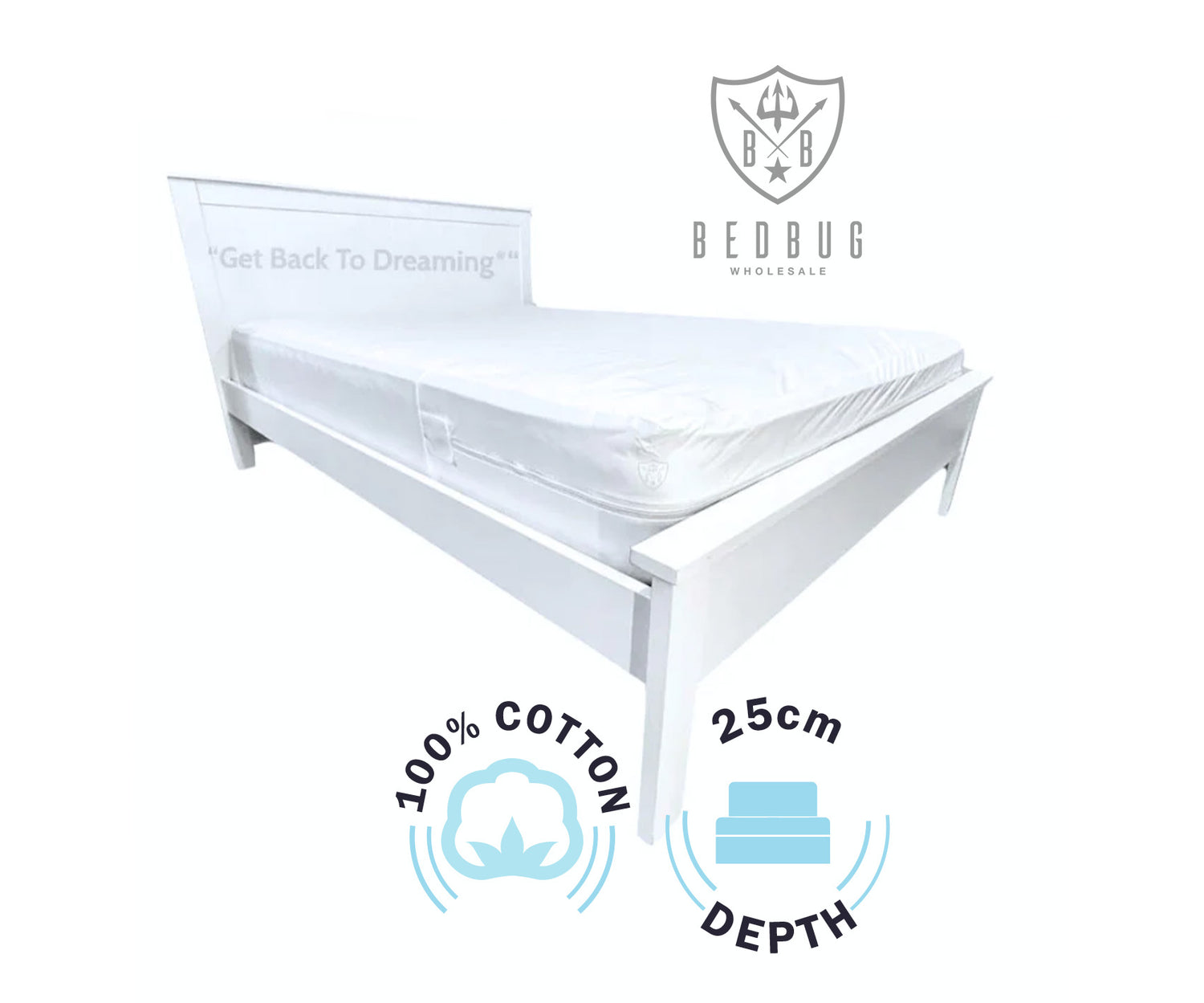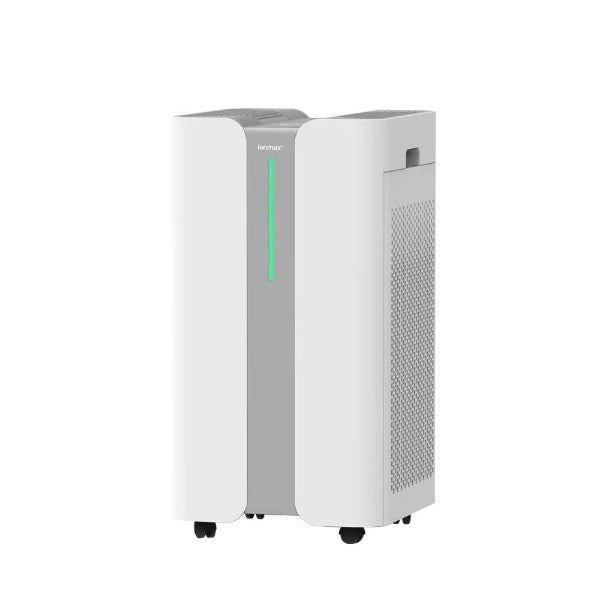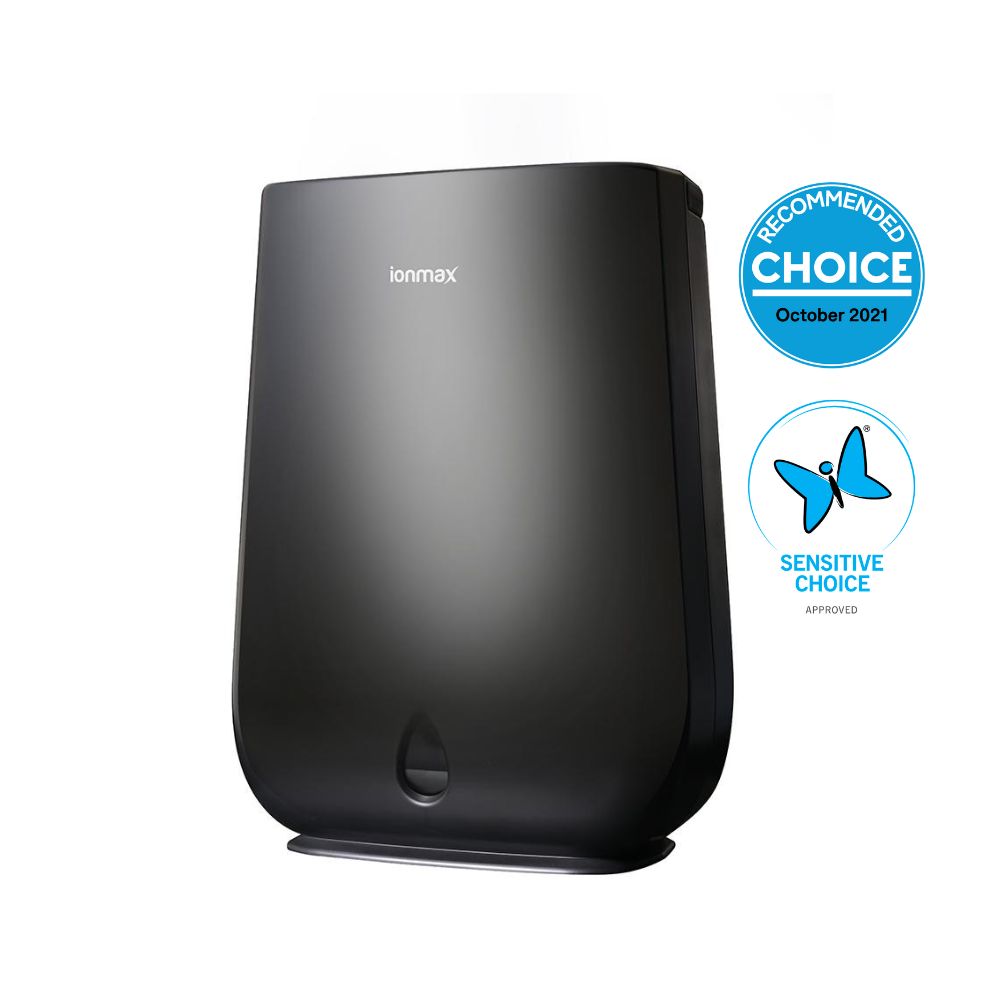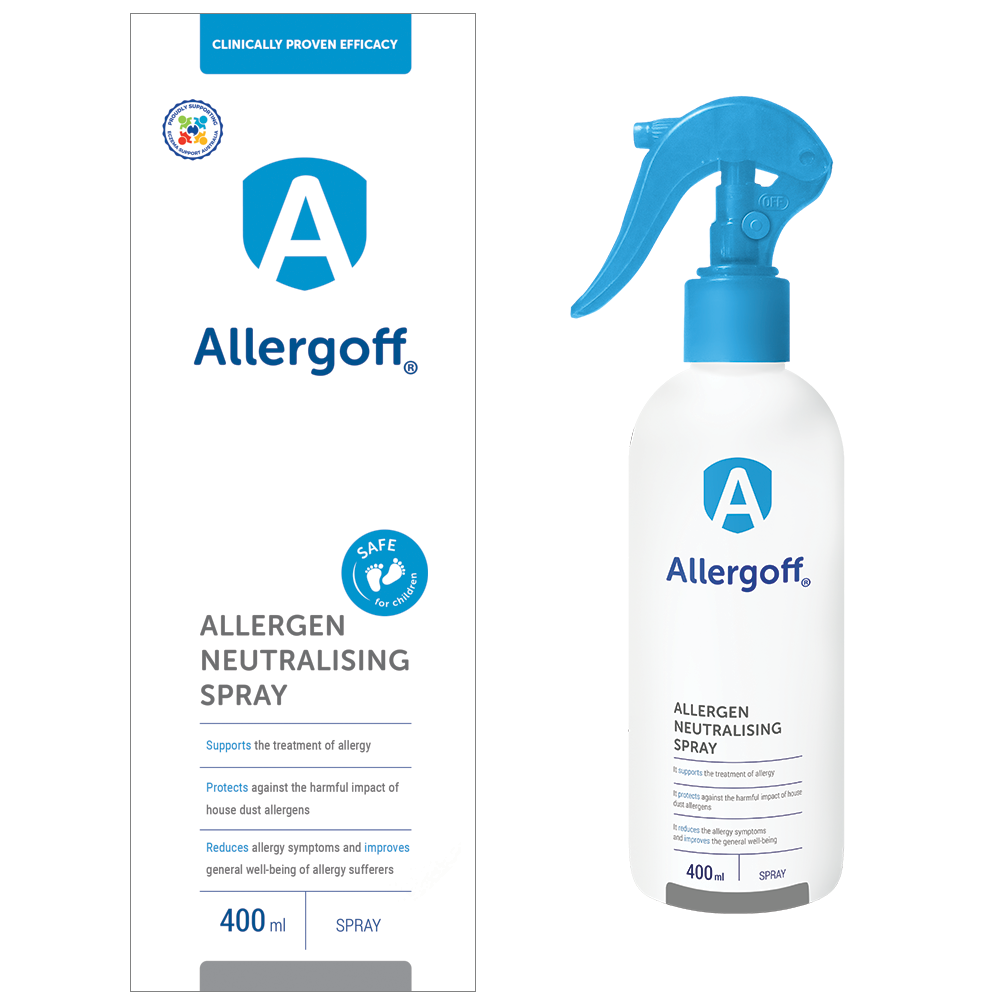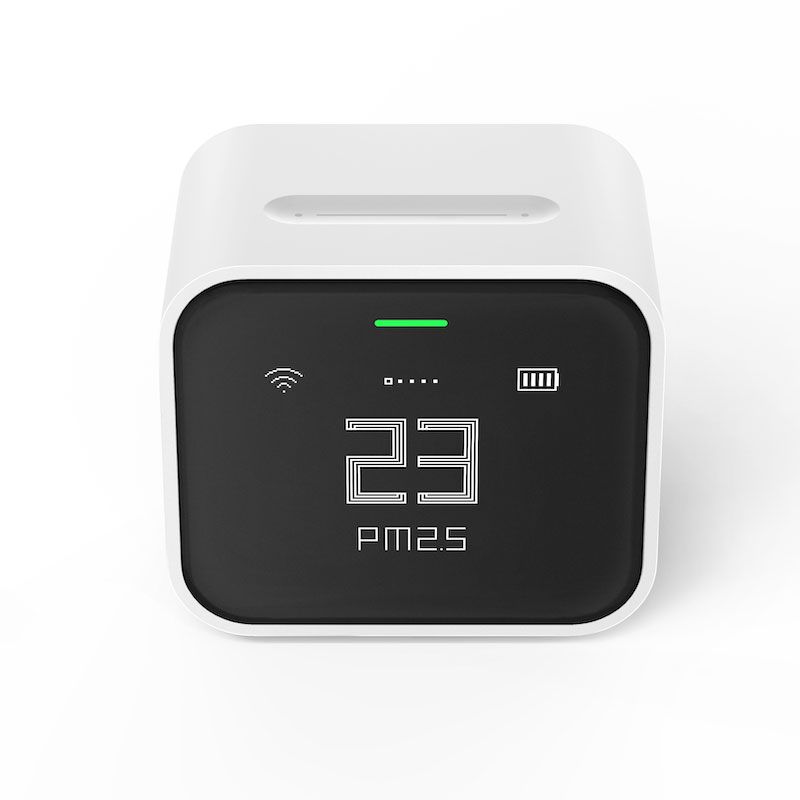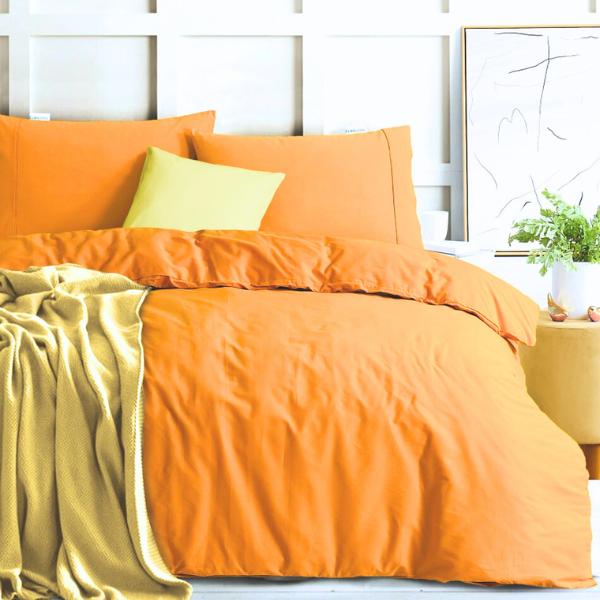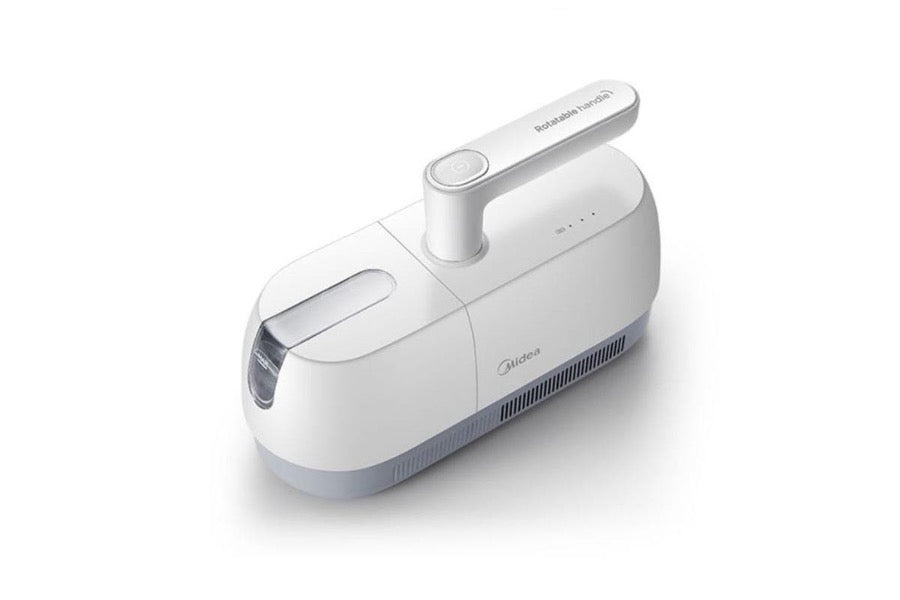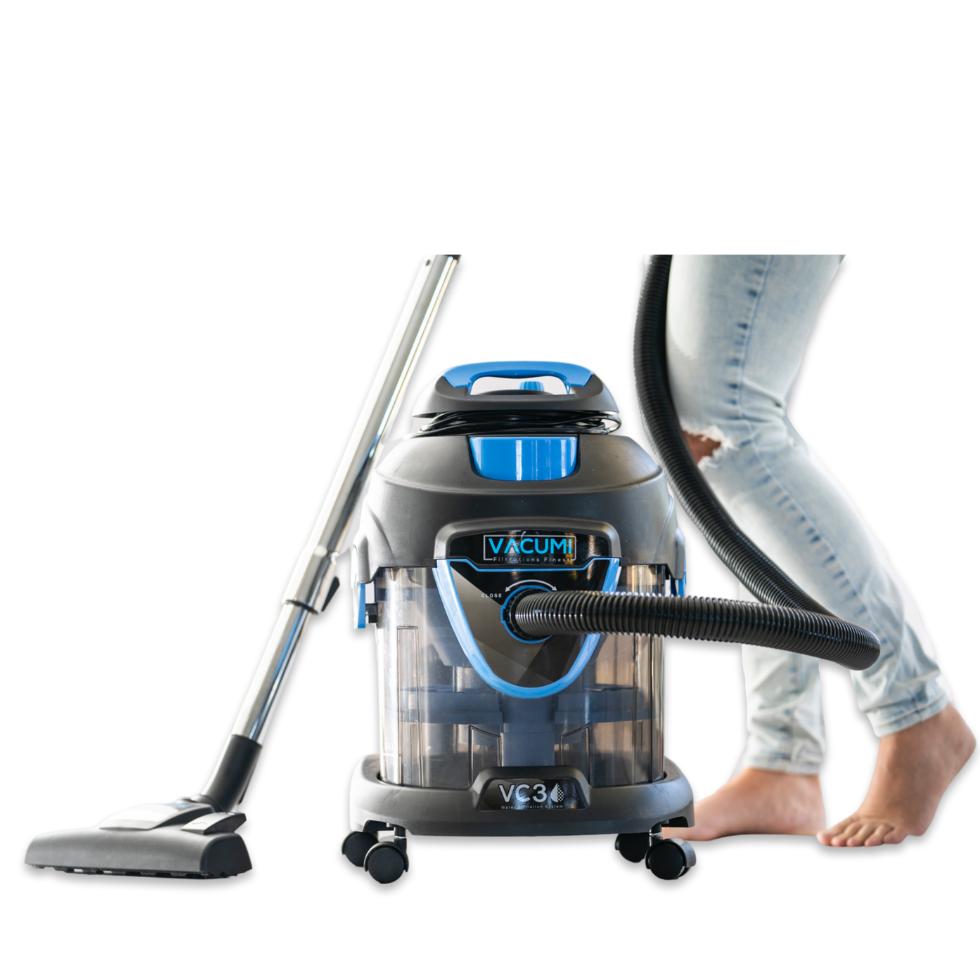For people who suffer from allergies, finding relief can be a never-ending battle. While medication and air purifiers can be helpful, the environment you sleep in plays a crucial role in managing allergies. That's where hypoallergenic and anti-allergy bedding come in. But what are the differences between the two, and which one is the right choice for you?
Hypoallergenic bedding is designed to minimize the potential for allergic reactions. This type of bedding is made from materials that are less likely to cause an allergic reaction, such as natural materials like cotton or bamboo, or synthetic materials like polyester. Hypoallergenic bedding is typically tightly woven, which prevents allergens like dust mites, pollen, and pet dander from penetrating the fabric.
Anti-allergy bedding, on the other hand, is designed to actively combat allergens. This type of bedding is often treated with a special chemical or solution that repels allergens. For example, some anti-allergy bedding is treated with silver, which has natural antimicrobial properties that can prevent the growth of bacteria and fungi, both of which can exacerbate allergies. Other anti-allergy bedding is treated with a solution that prevents dust mites from nesting in the fabric.
So, which one should you choose? It really depends on your specific needs and preferences. If you are looking for bedding that is gentler on the skin and less likely to cause a reaction, hypoallergenic bedding may be the way to go. If you have more severe allergies or are looking for more active protection against allergens, anti-allergy bedding may be a better choice.
It's also worth noting that while both hypoallergenic and anti-allergy bedding can be effective in managing allergies, they are not a cure-all. If you suffer from severe allergies, you may need to take additional measures, such as using a HEPA air purifier, to keep your symptoms under control.
In summary, hypoallergenic bedding is designed to minimize the potential for allergic reactions by using materials that are less likely to cause a reaction and preventing allergens from penetrating the fabric. Anti-allergy bedding is designed to actively combat allergens by using special treatments that repel allergens. Both types of bedding can be effective in managing allergies, but the choice ultimately depends on your specific needs and preferences.
For a comprehensive strategy to get rid of dust mites, visit our dust mite allergy solutions page.


